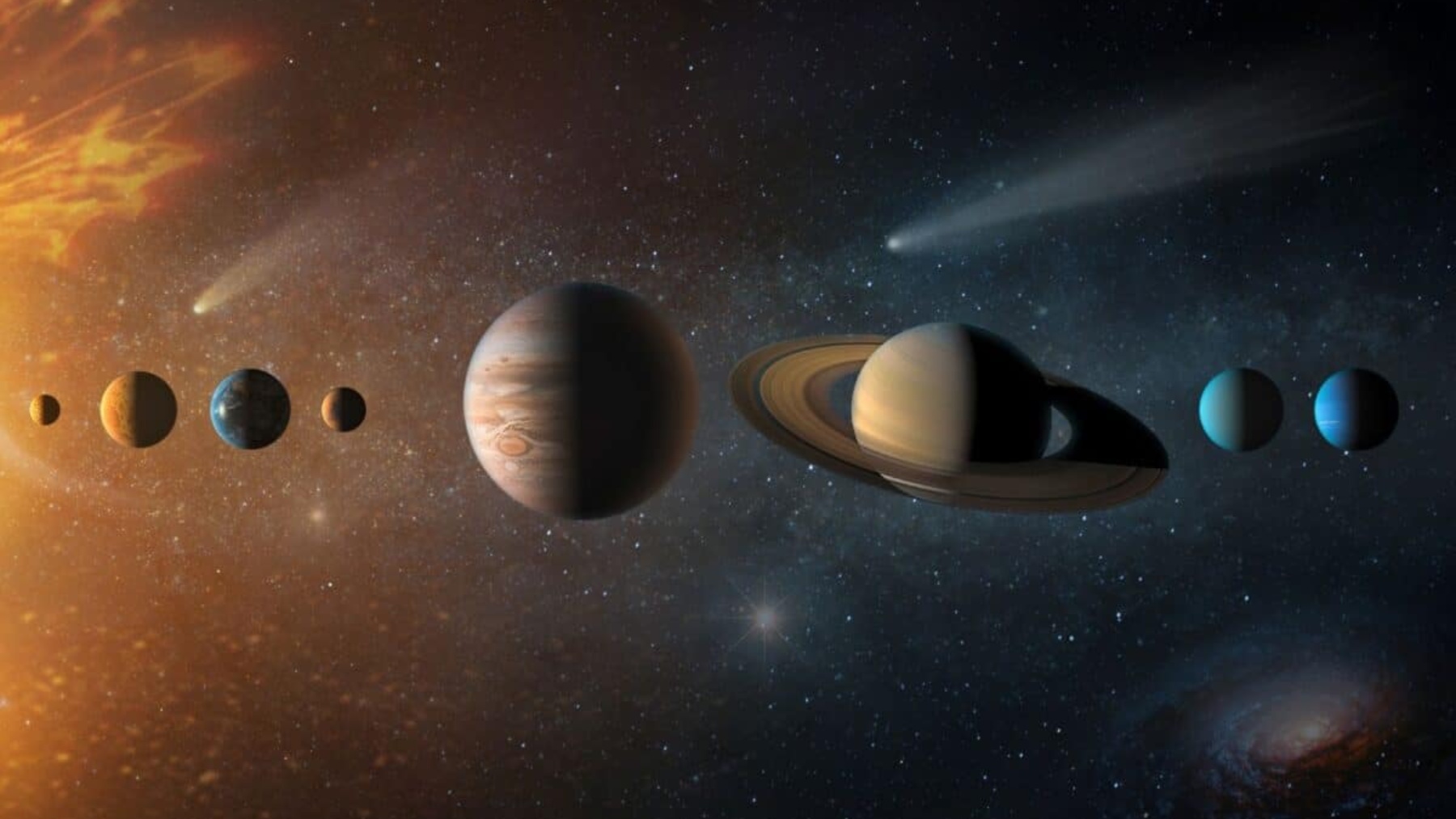The YSES-1c exoplanet has surprised the science community because it is covered with a layer of mineral dust, something unthinkable to find on this young planet. Is this so important? Yes, it is. This discovery is changing what we think about the formation and evolution of planets out of our Solar System, and it opens a door to new questions about the universe. So, let’s find out more about this exoplanet, and see what it means for us.
What’s an exoplanet?
It is a planet that orbits a star different from our Sun. We can find small and rocky ones, like Earth, and huge and gaseous ones, like Jupiter. So, studying them it’s really important because they help us to understand how planets are born, how they change with the passage of time, and even if some of them could have conditions of possible life.
YSES-1c exoplanet
Astronomers found the YSES-1c orbiting a 16 million year star, which makes it a young system compared to our 4,500 years old Sun. What surprised scientists the most was that this exoplanet was covered with clouds of mineral dust. These clouds are made of magnesium silicate and iron particles.
Why is it so surprising? Because this type of dust should have disappeared in less than 5 million years, but the YSES-1c contradicts current theories.
Breaking the theories
The clouds of this exoplanet show the strongest silicate absorption ever found on an exoplanet. This chemical footprint, that reveals the presence of minerals in its atmosphere, is way more intense than in other worlds observed until now.
Before this, it was believed that mineral dust couldn’t survive for such a long time on young planets. However, the YSES-1c case proves that these clouds can last much longer, making scientists rethink models about planet formation.
YSES-1b
This was found in 2020 and it is like the ‘’brother’’ of YSES-1c. Although both were born around the same star, they have evolved in different ways.
The YSES-1b also has mineral dust, but the features are different from the YSES-1c. This proves that even planets formed at the same place can develop different atmospheres and conditions, as it happens with siblings of the same family who ended up having different personalities.
Importance for astronomy
The YSES-1c discovery is key because it shows how little we know about the cosmos. Each exoplanet studied offers us new clues about how planet systems work. So, this finding will allow scientists to:
Better understand why some planets have mineral dust for millions of years.
Create more precise simulations on the formation and evolution of planets.
Compare far away planets with ones from our own Solar System.
Agencies like NASA and ESA will continue observing this system to look for answers on their mysterious clouds.
A universe full of mysteries
The YSES-1c exoplanet reminds us exactly this, that the universe can surprise us anytime. For example, just when scientists thought they knew how planets worked, this exoplanet shows up to prove the opposite.
For now, the YSES-1c and the YSES-1b are both cosmic mysteries because their strange clouds mean scientists need to keep exploring and finding the answers to new questions.
These scientific discoveries are very exciting, aren’t they? We may not know much about specific concepts, but we all know that they mean something big for science and, therefore, for us. Of course experts must have their own questions after this discovery, but we can also think about what this could mean for the future like: what other mysteries are hidden in exoplanets that haven’t been found yet? We will see what scientists find next.

